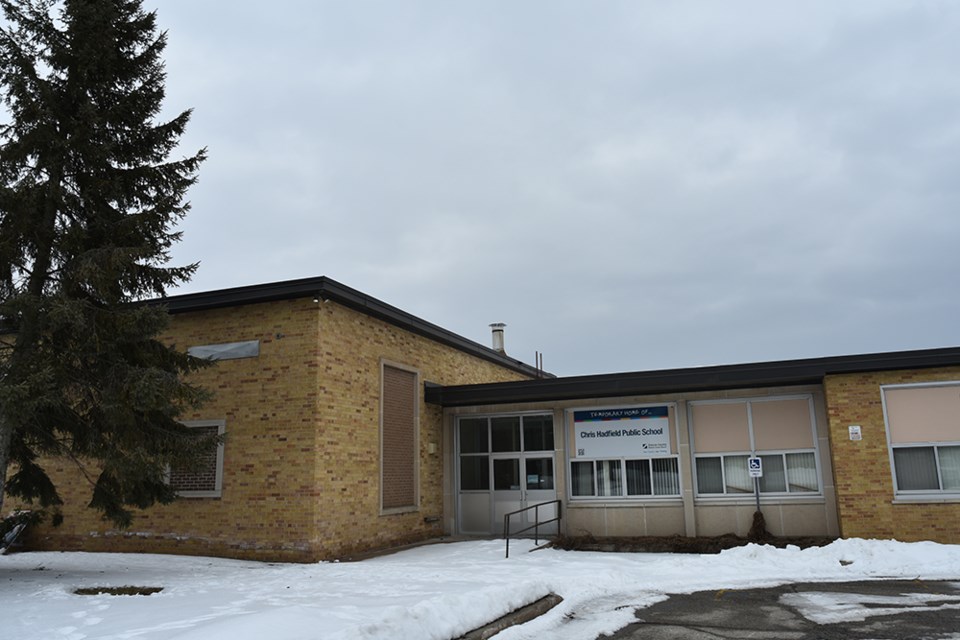The former school needs renovating but is in generally good condition. The full site presents an ideal hub for local service organizations, as well as a gym space and parkland.
As the Mayor said, "Over these past six months, it has become increasingly obvious how crucial our local community services are, and how inadequate their current accommodations are…Organizations that provide food, clothing and other support services to residents, including to our most vulnerable populations, were busier than ever before COVID-19 struck, and are now bursting at the seams.”
It is great news that the town has acquired the property and plans to use it for community service organizations.
As Edward Keenan wrote when discussing saving Toronto-area schools to create “community hubs” in a column in The Star: "these schools are already community spaces scattered through virtually every neighbourhood around the city, and have long served as parks and sports facilities for their neighbours. If we cannot fill the classrooms with school children, certainly we can fill them with community groups, recreational programs, social service departments, and other civic agencies and partners.”
Since I was a student trustee on the Simcoe County District School Board, I’ve advocated for converting local schools into “community hubs” – exactly as the Mayor is planning to do with Bradford Public as a hub for community service organizations.
In fact, I first wrote about the potential of this site – and the risk if the town didn’t seize it up that it would go to developers for more “cookie-cutter” infill development – in 2019. In the informal poll above the comment section on that story, 76 percent of readers clicked “yes” to support buying the school.
It's been reported the town paid $5.1 million for the three-acre site (the town paid $500,000 to acquire the old Bradford High School 0.8-acre site in 2016).
And therein lies the problem: there is something inherently wrong about how the Ministry of Education governs surplus school property – right now, municipal councils and other public institutions such as colleges, universities or hospitals essentially have the right of first refusal on school board surplus property.
However, there is a stipulation that any offer must be “fair market value”.
I wrote about this issue in The Globe and Mail in 2015, writing that this “fair market value” requirement is “an unnecessary hindrance to keeping schools in public hands”.
I argued then that, “The requirement should be changed. We should want to allow for creative partnerships between public institutions to keep these facilities in public ownership and use…Let the school board and the other public institution sort out their own, mutually beneficial quid pro quo.”
In other words, there’s only one taxpayer, so why not allow for more flexibility between public institutions to ensure the public interest is served?
Regardless, as it stands, it is not as if dollar-for-dollar revenue from the sale of the school property goes into the construction of new schools; instead, the Ministry of Education tightly controls financing of new schools through funding envelopes. The town’s purchase price of surplus schools this past decade has not gone to building new local schools; it’s instead gone against the school board’s bottom line on their operating budget, not the capital budget, and, again, there is only one taxpayer.
As I wrote in 2015, “Limited by having their power to levy taxes and much of their role in education policy subsumed by the Ministry, school boards” do not have much to do other than steward what the Ministry tells them.
Yet, if the “fair market value” stipulation was reasonably revised, more school boards and towns could take the leadership role that Mayor Keffer has shown in Bradford West Gwillimbury.
